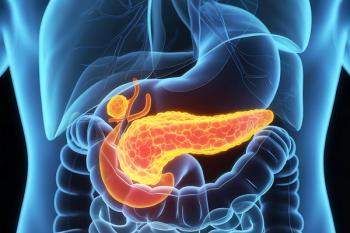
Scientists Determine Cause of Odors in Car AC Units using GC Methods
Scientists from Kangwon National University in South Korea undertook a comprehensive study to identify the types of compounds in vehicle AC unit emissions, using gas chromatography with four types of detection: olfactometry, flame ionisation detection (FID), mass spectrometry (MS) and atomic emission detection (AED). It was conducted on a lab-scale model unit that contained a rogue AC evaporator from a vehicle that was associated with unpleasant odours and had only 4000 km on the clock.
Scientists from Kangwon National University in South Korea undertook a comprehensive study to identify the types of compounds in vehicle AC unit emissions, using GC with four types of detection: olfactometry, flame ionisation detection (FID), mass spectrometry (MS) and atomic emission detection (AED). It was conducted on a lab-scale model unit that contained a rogue AC evaporator from a vehicle that was associated with unpleasant odours and had only 4000 km on the clock. Twelve separate odor components were isolated by the sniffers. Four of these were too weak to be characterised but the remaining eight included notes such as plastic, sour, burnt, fragrant and greasy/oil-like. The various analyses revealed that there were no sulphur- or nitrogen-containing compounds but nine contained oxygen. Most were identified by GC-MS library searching as alcohols, acids, aldehydes, ketones, and ethers. The team were prevented from reporting the individual identities of the odorous compounds by the company funding the research, which classified that information as confidential.
Newsletter
Join the global community of analytical scientists who trust LCGC for insights on the latest techniques, trends, and expert solutions in chromatography.





